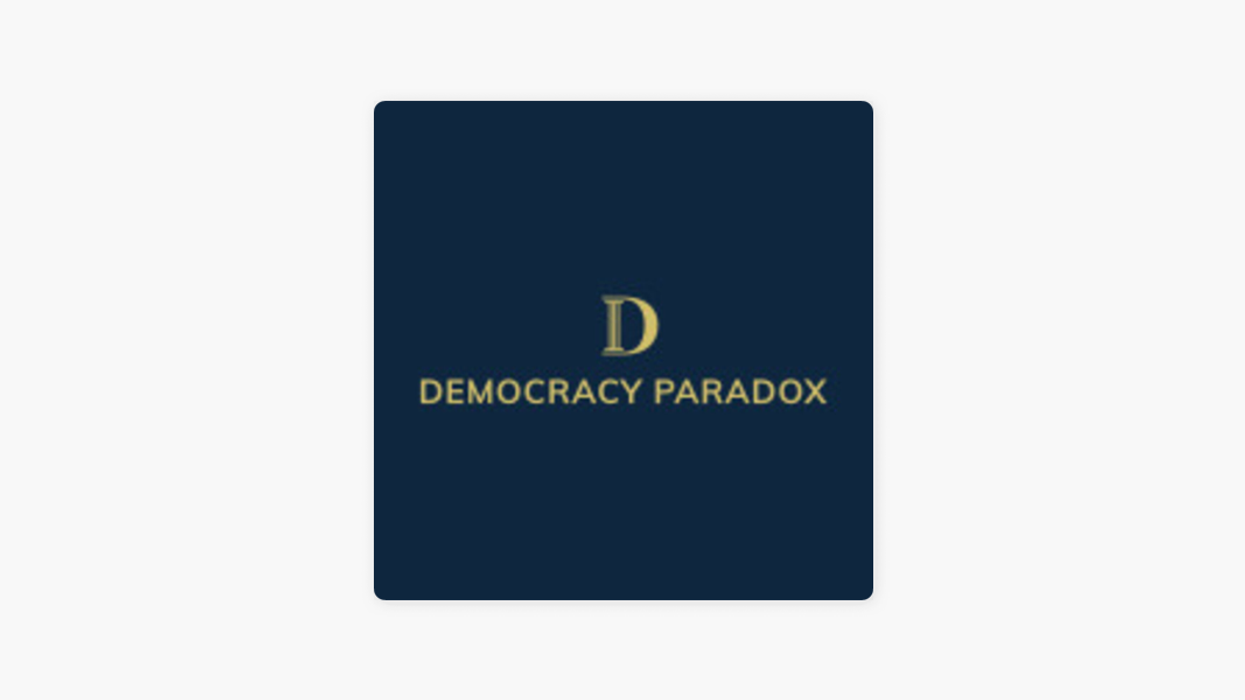There is a familiar pattern of responses to the Israeli-Palestinian problem that mirrors most political problems. There are two positions that are diametrically opposed to each other, and then there is a middle position that is characterized as a moderate or centrist position. The two positions that stand in direct opposition are complete support for Israel and complete support for the Palestinians.
The former position holds that the Palestinians rejected the initial offer by the British and European Commission for a two-state solution as well as six two-state solution offers made chiefly by Israel since 1948. Israel has been on the defensive against the Palestinians and most of the Arab world since the War of Independence. This position holds that Hamas, which initiated the rocket strikes on Israel (now totaling more than 3,000), is the aggressor in the current conflict and is also at odds with the Palestinians and Fatah in the West Bank.
The other side says that Israel is the aggressor and the chief cause of the terrible living conditions of the Palestinians. The Israelis took land in 1948 that was not legitimately theirs and recently have aggressively built settlements in Judea and Samaria, and basically made it impossible for the Palestinians to have their own land in the West Bank. Israel overpowers the Palestinians with its military power and makes it impossible for them to live in dignity.
Those in the middle find themselves oscillating back and forth between their sympathy for both sides and feeling that there must be some way to arrive at a two-state solution in which both Israel and the Palestinians can live in peace.
This pattern can be found in our domestic politics in general. The left, right and center on any number of topics take different positions, ranging from health care to infrastructure, immigration and climate change to criminal justice, child care, paid parental leave and taxes. There are the pure Democrats, the pure Republicans and a large group in the middle, which includes moderate Democrats, moderate Republicans and many independents.
Pundits and politicians always identify the middle position (and there can be a range of positions in the middle) in terms of the beliefs and policies that this group supports in contrast to the beliefs and policies on the polar extremes. It is as though there are three kinds of sauce being offered on the entree — two relatively hot spices and one mild one in between. Indeed, the contrast between the three approaches is always identified as three versions of the same thing.
The middle position, perhaps, is not best thought of in terms of policies or indeed positions on topics; rather, the middle position is best thought of as an activity, one that is informed by an attitude.
The purists are intensely passionate about their views, uncompromising and incapable of saying much of anything good about the other side. The middle position would be those who are engaged in an activity (as some organizations are regarding the Israeli-Palestinian conflict) of trying to understand the other side and empathize with their situation. The centrists can be passionate, but they are focused less on the policies than the interaction that is needed for both sides to find common ground.
The policies will grow out of a well-seeded activity and attitude.
Various polls show that approximately half of the Palestinians recognize the state of Israel and want peace, whereas the other half, and certainly Hamas (and Iran), do not recognize Israel and they call for its destruction. The activity of the middle position needs to explore transforming the way of life for Palestinians in the West Bank and Gaza with massive economic development, resolving the Jewish settlement issue and East Jerusalem even as Israel's existence is recognized.
The leading 20th century philosopher Ludwig Wittgenstein said that historically philosophers were misled into thinking that philosophy concerned doctrines about truth, justice, knowledge, meaning and existence. He maintained that philosophy was not a doctrine but an activity, which for him was focused on linguistic analysis.
The middle position, as it concerns politics in the Middle East or in the United States, is not best regarded as a moderate version of the beliefs and policies of the two clear opposing sides. Instead, it is best regarded as a passionate activity driven by norms of empathy, respect and a shared commitment to find common ground.
It is an activity that, at its best, can generate bold creative solutions — rather than bland moderate positions — that could elicit the willing cooperation of all.



















